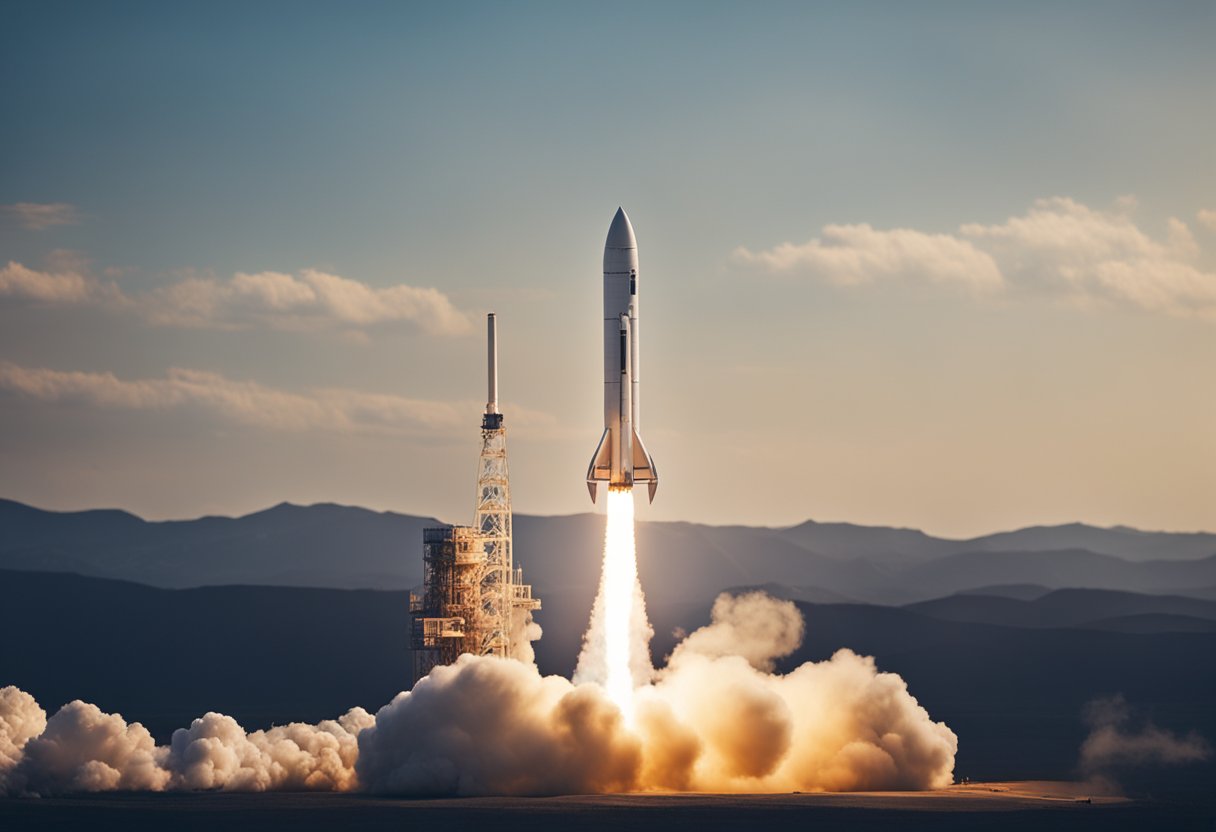
Space Tourism Launches – Space tourism is on the cusp of becoming a regular entry in travel catalogues, promising journeys beyond the terrestrial boundaries that many once dreamt of. As commercial space travel companies reach new milestones, the prospect of civilians experiencing the awe of Earth from space is moving from the realm of science fiction to reality. We are witnessing history as more space tourism ventures announce their plans for upcoming launches, making it an exhilarating time for anyone fascinated by space exploration and travel.
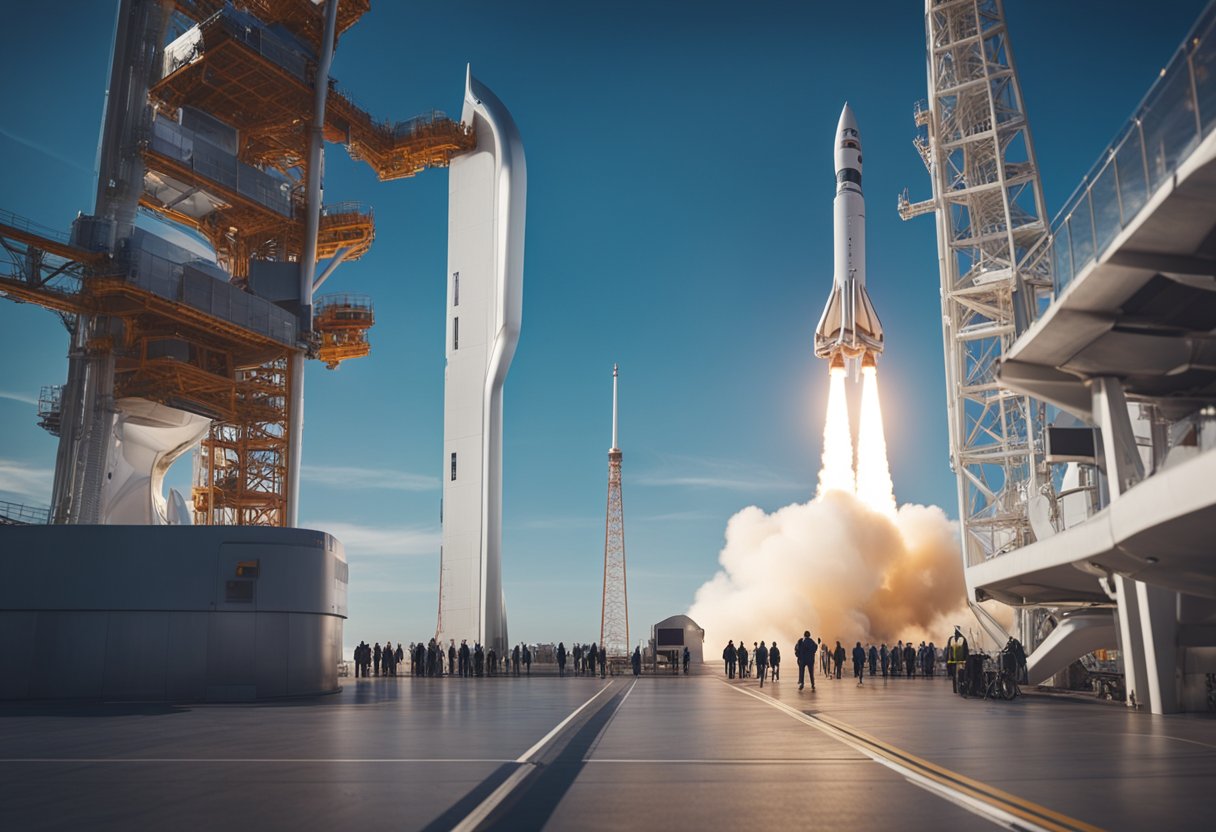
The pathway to the stars has been paved by pioneers of the industry, who have demonstrated that private spaceflight is not only possible but can be commercially viable. Our understanding of critical launch sites and the role of major players in the space tourism sector has expanded greatly. Upcoming space tourism flights are set to offer an array of experiences, from suborbital jaunts to orbital expeditions, attracting a diverse clientele eager for the ultimate adventure. With extensive training and preparation in place for tourists, these voyages are designed to ensure safety and maximise the extraordinary experience of space travel.
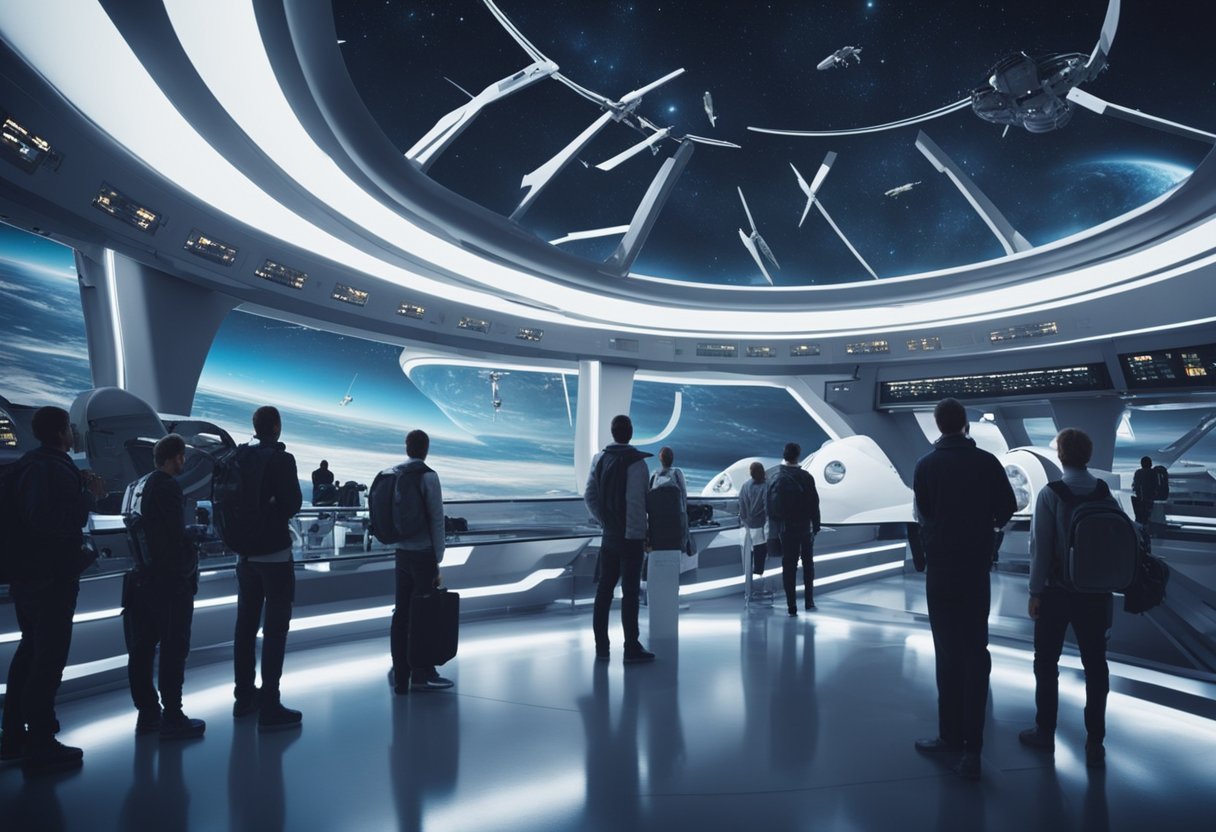
Space tourism has transitioned from a fantastical notion to a palpable reality, thanks to the relentless efforts of pioneering entities in the field. Our journey begins with the notable companies spearheading this avant-garde industry.
Virgin Galactic, founded by Sir Richard Branson, stands as a prominent figure in space tourism, aiming to provide suborbital flights for thrill-seeking individuals. The company’s VSS Unity has successfully demonstrated the feasibility of commercial space trips, fostering the aspiration for routine space tours.
Elon Musk’s SpaceX has further revolutionised space travel with its advanced Crew Dragon spacecraft. Pioneering private missions, this tech giant is propelling us towards more frequent and accessible excursions beyond Earth’s atmosphere. SpaceX’s achievements in orbital tourism underscore a significant leap forward, encapsulating the essence of high-tech space travel.
Jeff Bezos’ Blue Origin has carved its niche with the New Shepard rocket, accommodating passengers for trips past the Kármán line—the boundary between Earth’s atmosphere and outer space. Impressively, each mission accentuates the synergy of luxury and discovery.
We can’t overlook the contributions of media outlets that keep the populous informed and excited about space travel, building anticipation through stellar coverage. Websites like SpaceVoyageVentures.com serve as compendiums, meticulously documenting the progression of space tourism, from nascent plans to current and imminent ventures.
As pioneers continue to refine space tourism, we witness the nexus of human curiosity and advanced aerospace technology unfolding, heralding an era where the cosmos will no longer be the sole province of astronauts. Our collective gaze is set on the horizon, eager for the next monumental leap in interstellar exploration.
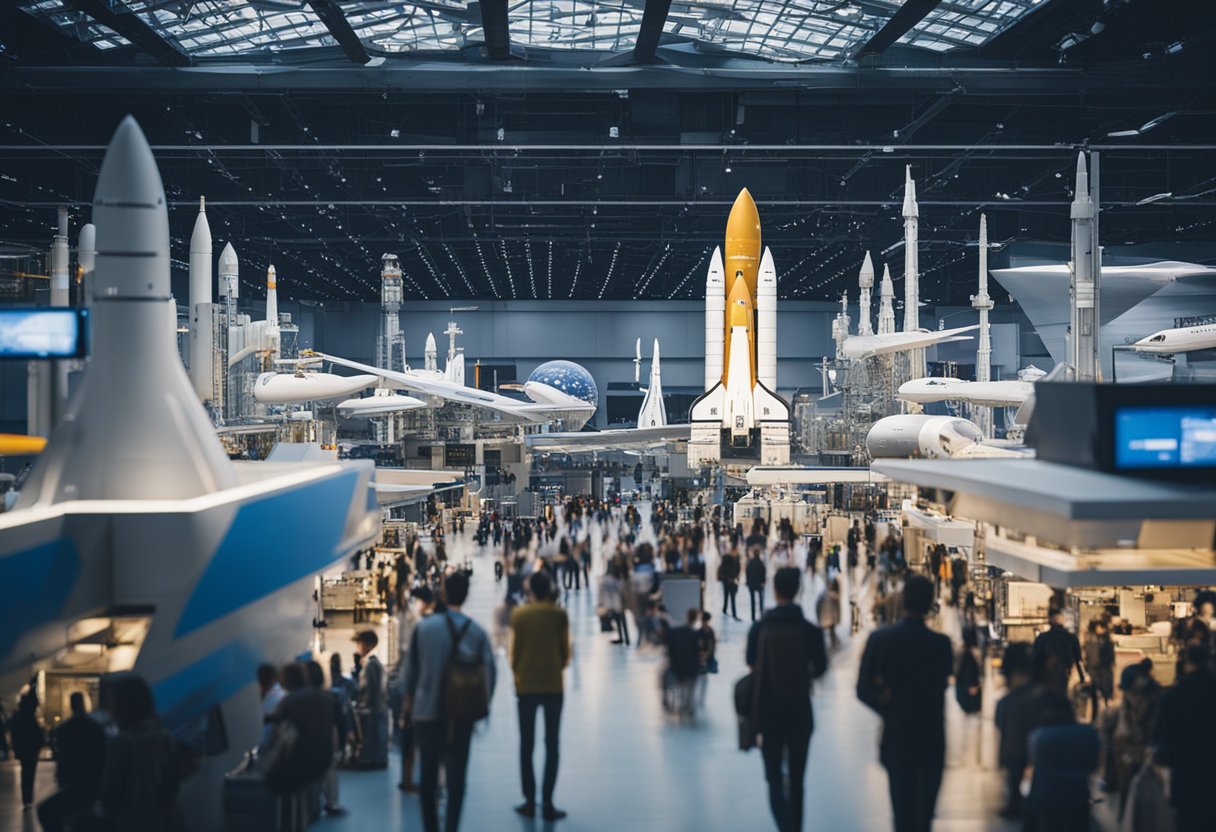
As we explore the future of space tourism, certain launch sites and spaceports stand out for their significant roles. They are pivotal in enabling rockets to ferry tourists beyond Earth’s atmosphere.
Kennedy Space Centre in Florida is a premier installation for space exploration. We recognise it as a historic site where numerous manned missions have embarked on their celestial journeys. Kennedy Space Centre has adapted to support not only government missions but also private spaceflight, including ventures aimed at space tourism.
Space Launch Complex 40, also located in Florida, has become a critical point for commercial space launches. Its ability to support a high frequency of rocket launches makes it integral to the growing demand for space tourism flights, as reflected in the activities documented by SpaceVoyageVentures.com.
Moving over to California, Space Launch Complex 4E at Vandenberg Space Force Base represents a key West Coast launch site. It is enhancing our space tourism capabilities, with upcoming launches set to expand the frontiers of commercial space travel from its launch pads.
As we explore the burgeoning sector of space tourism, we must focus on the entities at the forefront, driving this revolutionary endeavour forward. These organisations are developing the technology and missions to make commercial space travel a reality.
SpaceX has established itself as a leader in commercial spaceflight. The company has dramatically reduced the costs of accessing space through the reuse of rocket components and is gearing up to offer trips beyond Earth’s orbit to private citizens. Changes to its spacecraft designs and launch facilities underscore its commitment to making space tourism a tangible reality.
While traditionally known for scientific and exploratory missions, NASA has entered the space tourism arena by opening the International Space Station (ISS) to private astronauts. This move also aids in funding research and development for deeper space exploration missions.
Sierra Space is a division of Sierra Nevada Corporation and is making strides with their Dream Chaser spacecraft. This winged vehicle is designed to land on conventional runways, potentially making space access similar to air travel.
Intuitive Machines is venturing into lunar exploration with autonomous landing and traversal systems, setting the stage for future manned missions to the Moon which could eventually include space tourists.
For those eager to learn more about the endeavours of these entities, or to stay informed on the most recent developments in the industry, SpaceVoyageVentures.com provides comprehensive insights into the latest milestones in the space tourism domain.
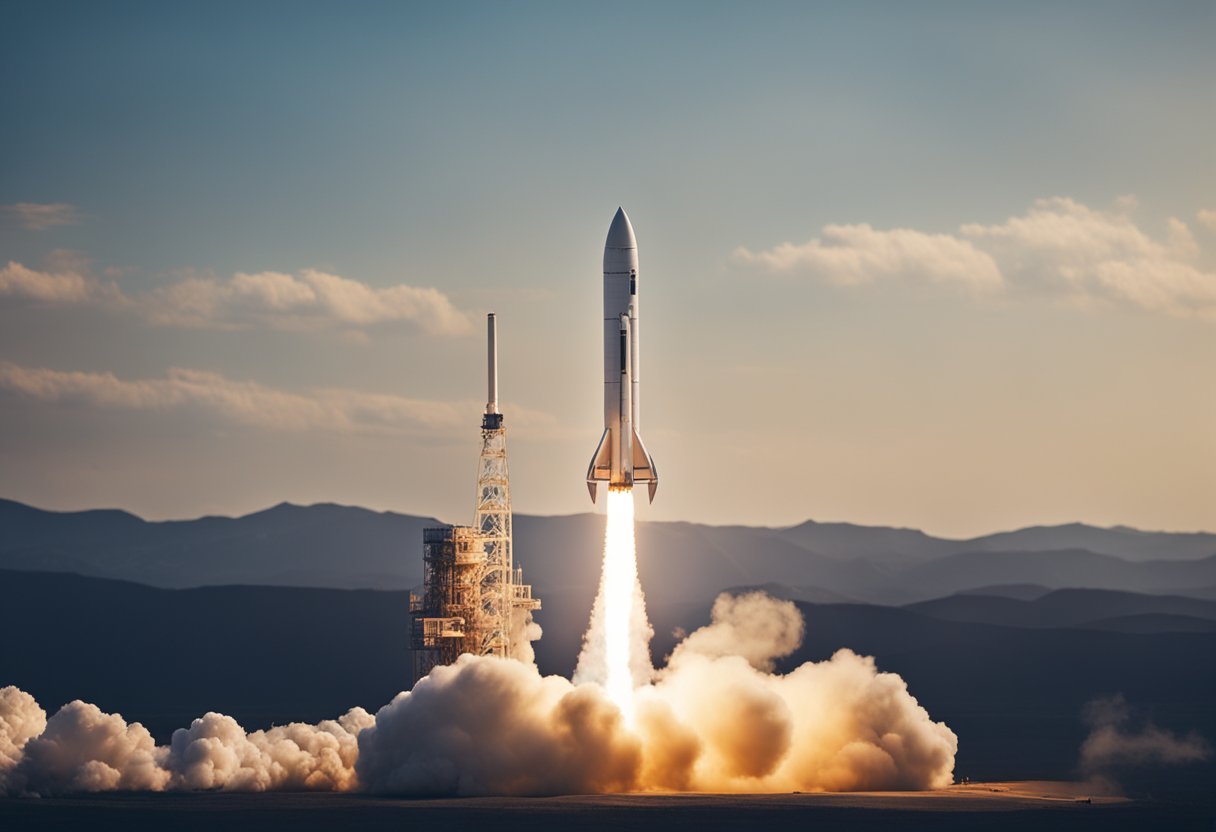
In recent times, we’ve witnessed a surge in space tourism possibilities, with several noteworthy missions slated to offer civilians a chance to experience the wonders of space travel.
Falcon 9 and its more robust iteration, Falcon 9 Block 5, are anticipated to propel a series of Crew Dragon spacecraft into orbit. The Crew Dragon capsule is equipped to transport tourists around the Earth, offering them unprecedented views and the exhilaration of spaceflight. It’s a crucial part of the expanding sector of commercial space tourism, with these launches serving as a turning point in accessibility for non-astronauts wishing to visit space.
Separately, the Nova-C Lander aims to facilitate lunar exploration opportunities for private individuals. Developed by Intuitive Machines, this lander is designed to carry payloads to the Moon, making it a tantalising option for space tourists in the near future. These missions align with our growing ambition to not only observe but to directly interact with our nearest celestial neighbour.
Our journey together into the cosmos is expanding beyond expectations, and through ventures like SpaceVoyageVentures.com, we are tracking and anticipating these exciting escapades. The horizon of space tourism broadens as these flights draw nearer, bringing us closer to the once-distant dream of space travel for everyone.
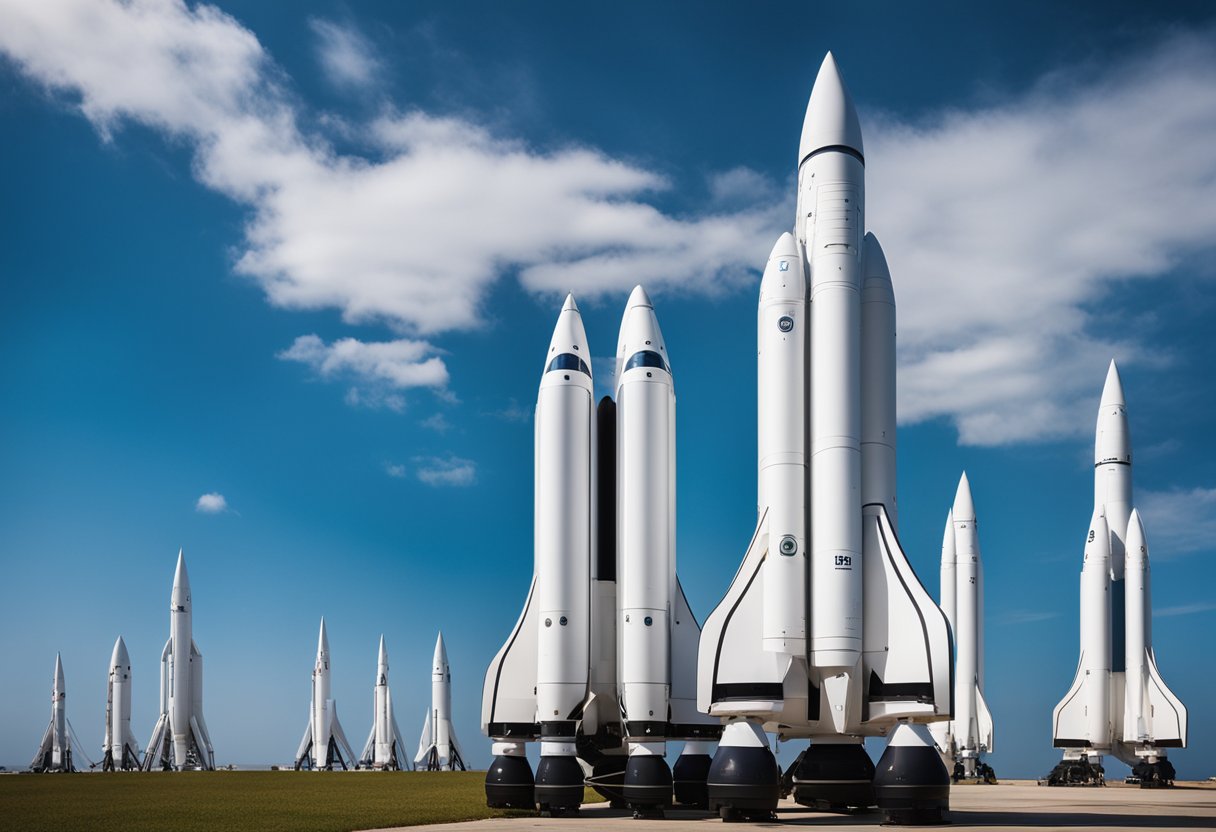
In the burgeoning industry of space tourism, two vehicles have garnered significant attention for their roles in transporting civilians beyond Earth’s atmosphere: Falcon 9 and Crew Dragon. We will discuss their technological advancements and capabilities that facilitate space tourism.
Falcon 9, developed by SpaceX, is a pivotal launch vehicle in the realm of space tourism. Renowned for its reusability, Falcon 9 is designed to withstand the harsh conditions of space and return to Earth for subsequent launches. This innovation has markedly decreased the costs associated with space travel. Standing at 70 metres tall, Falcon 9 has successfully delivered numerous payloads to orbit, setting the stage for regular space tourism flights.
| Specification | Detail |
|---|---|
| Height | 70 metres |
| Payload to LEO | 22,800 kilograms |
| First Flight | 4 June 2010 |
| Reusability | First Stage & Fairings |
| Notable Feature | Autonomous Spaceport Drone Ships (ASDS) Landing |
Crew Dragon is a capsule designed to carry astronauts to space, accommodating up to seven passengers. With an emphasis on safety, Crew Dragon features an advanced escape system that can swiftly evacuate the crew in the event of an emergency during launch. As a cornerstone for commercial space travel, Crew Dragon has already undertaken missions with civilians, epitomising our potential to explore space more democratically.
| Specification | Detail |
|---|---|
| Capacity | Seven Passengers |
| Safety Feature | Launch Escape System |
| First Manned Launch | 30 May 2020 |
| Docking | Autonomous International Space Station Docking |
For those intrigued by the prospect of admiring Earth from above, we invite you to stay abreast with SpaceVoyageVentures.com, as we chronicle the evolution and accessibility of space tourism trips.
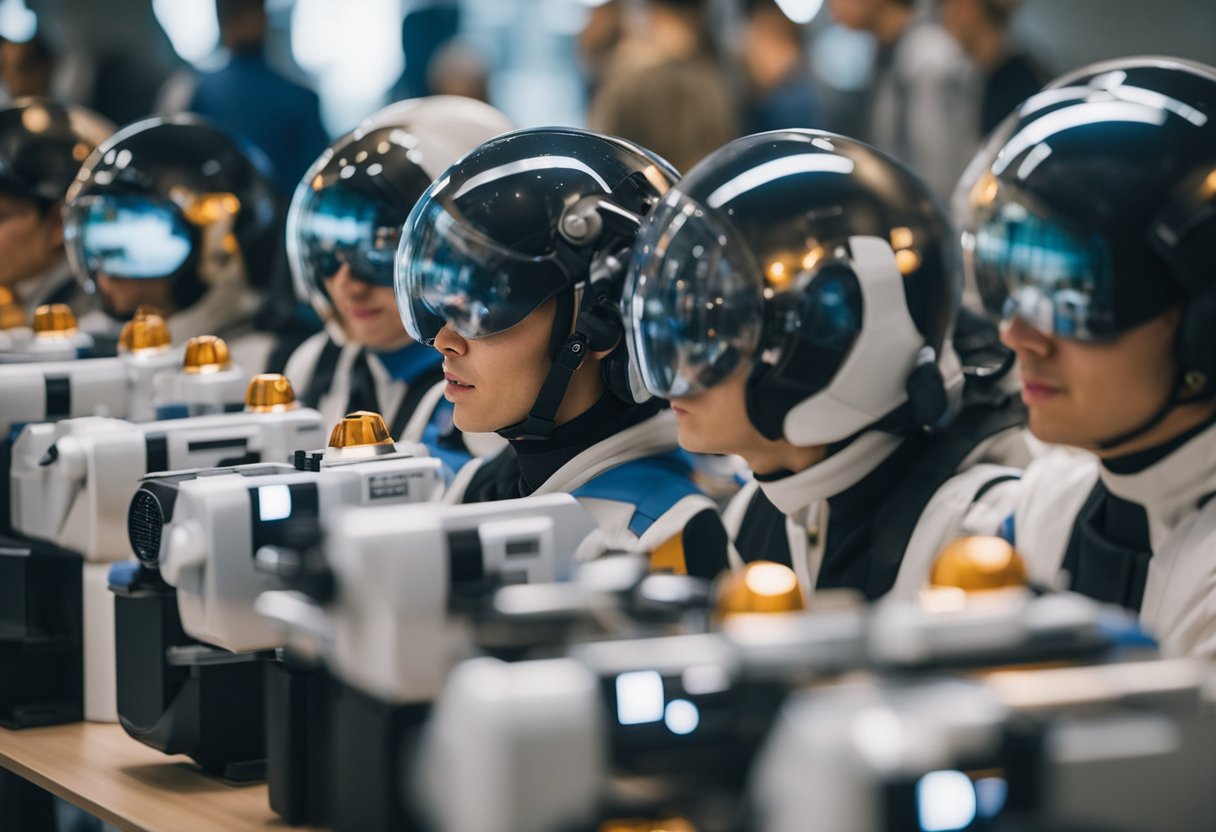
Before embarking on a space adventure, we understand that training and preparation are vital for ensuring the safety and enjoyment of our aspiring space tourists. Our offerings at SpaceVoyageVentures.com cover the essential steps and guidelines that one must follow.
Physical Fitness:
Firstly, a moderate level of physical fitness is required. Potential travellers are advised to undergo a health check to ensure they can withstand the rigours of space travel.
Technical Knowledge:
Understanding the basics of the spacecraft operating principles is also critical. We provide an introductory course to familiarise passengers with the interface and controls.
Safety Protocols:
Astronaut safety training is a must, including emergency procedures and the use of safety gear. As most launches currently take place from Florida, local environmental training is also part of the regimen.
Orientation Sessions:
Space tourists participate in orientation sessions to acclimate to the unique conditions they’ll encounter. This includes simulations of both zero-gravity and the G-forces experienced during launch and re-entry.
Psychological Readiness:
The psychological impact of spaceflight cannot be underestimated. We offer counselling to help prepare individuals for the isolation and confinement of space.
| Area | Training Component |
|---|---|
| Physical | Health checks, fitness regimen |
| Technical | Spacecraft operations knowledge |
| Safety | Emergency procedures training |
| Environmental | Florida launch site orientation |
| Psychological | Pre-flight counselling |
We believe these preparatory steps will help ensure our tourists are fully equipped for their journey beyond Earth’s atmosphere.
At the Kennedy Space Centre Visitor Complex, we offer an array of experiences that allow enthusiasts to get up close to the wonders of space exploration. Our tours and attractions are thoughtfully designed to educate and inspire visitors of all ages.
Rocket Launch Schedule: You can witness the awe-inspiring sight of a rocket launch, a pivotal moment in space exploration, at our visitor complex. Be sure to check the schedule to align your visit with these historic events.
Guided Tours: Join us on a guided tour to explore the iconic launch sites and operational facilities. Here, you have the unique chance to see where history was made and where future missions are prepared.
Attractions:
Gateway: The Deep Space Launch Complex: Through Gateway, discover the latest in space exploration efforts, from current missions to plans for future deep space travel.
We, at SpaceVoyageVentures.com, believe that the experiences offered at the Kennedy Space Centre are unparalleled. Whether you’re a lifelong enthusiast or newfound fan, our tours and attractions will leave you with a profound appreciation for the venture into the cosmos.
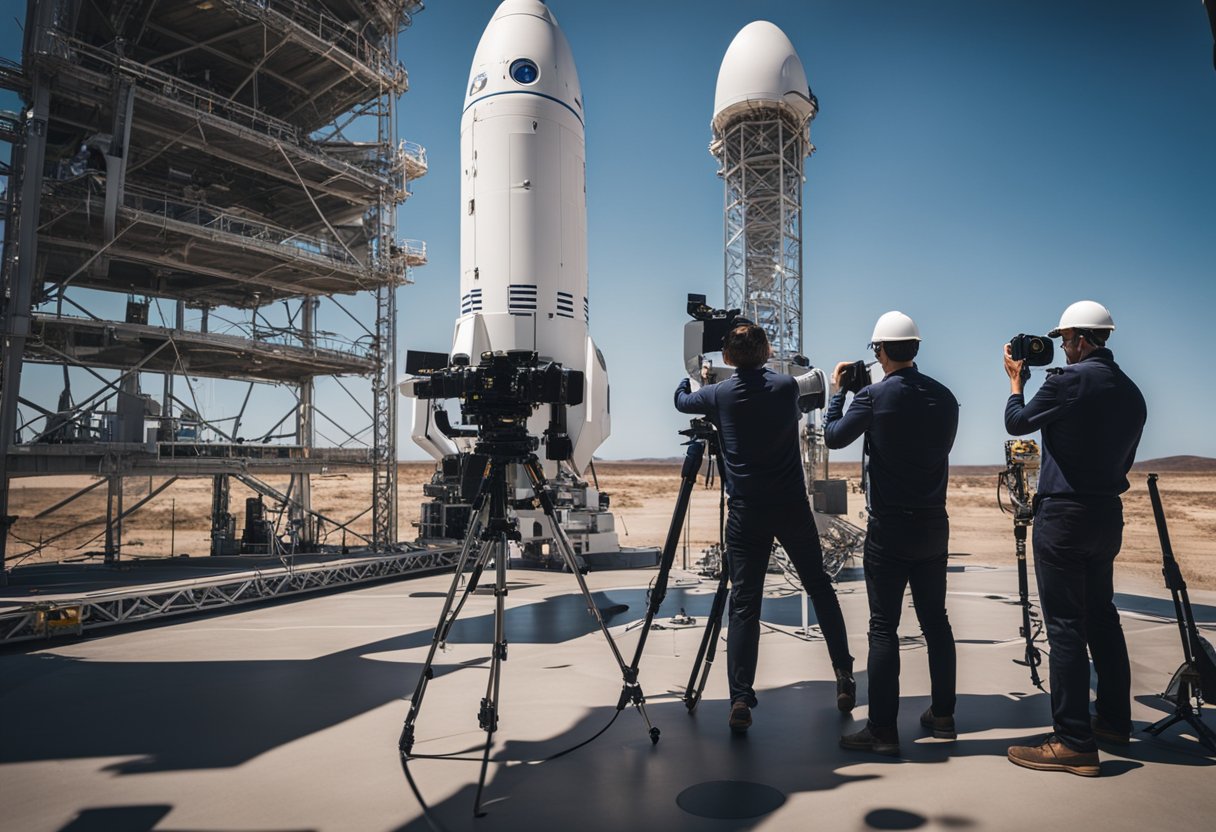
In the burgeoning space tourism industry, our approach to media and public relations is crucial in shaping public perception and interest. We’ve observed that significant milestones often garner extensive media coverage, with platforms like CNN frequently offering live TV segments and video content to captivate audiences worldwide.
Media Coverage
Public Engagement
Efforts to maintain an engaged community are pivotal. We utilise videos to showcase experiences and developments, knowing that dynamic footage stimulates excitement and curiosity.
Visibility Strategies
Influencing Perceptions
By maintaining transparency and fostering a narrative of accessibility and safety, we aim to positively influence public opinion about space tourism. Trust plays a fundamental role in this nascent industry, and we’re committed to building it with every interaction and announcement.
By carefully orchestrating our media and public relations endeavours, we cultivate a reputation as leaders in space tourism, ready to welcome a new era of exploration.
Amidst the burgeoning industry of space tourism, we’re seeing a surge in educational and technological initiatives aimed at fostering a deeper public understanding of space travel. We place significant emphasis on leveraging these advancements to inspire the next generation of explorers, engineers, and scientists.
Educational Programmes:
Technological Advancements:
Upcoming Education Missions:
By integrating these educational endeavours and cutting-edge technologies into the tapestry of space exploration, we enrich our collective quest for knowledge and push the boundaries of what’s possible in the field of space tourism.
As we look forward to the rapidly approaching era of space tourism, our calendar is dotted with thrilling events and launches that herald the next step in civilian space travel. The upcoming events are shaping up to be quite the spectacle for enthusiasts and aspiring space tourists alike.
Notable Upcoming Launches:
Events Calendar: At the Kennedy Space Center, meet astronaut Roger Crouch on selected dates in February. This offers a rare opportunity for interaction and perhaps a glimpse into the life of a space traveller.
What’s on the Horizon:
Our website, SpaceVoyageVentures.com, stands as a beacon for those keen on space tourism updates. Here, we chronicle the journey from speculative to real-time space tourism trips, with meticulous documentation on trips available, in the pipeline, or on the conceptual horizon.
The space tourism launches and events represent pivotal milestones in our quest to make the cosmos accessible. We remind our readers to check the official launch providers for the most current schedule as changes can occur due to various factors inherent in spaceflight.
With the burgeoning field of space tourism, we’ve seen a rise in interactive resources designed to engage and inform aspiring space tourists. To support your interests and preparations, let’s explore some of these tools.
For those of us keen on understanding the logistics of space travel, a variety of online calculators are at our disposal. We can determine crucial aspects like the cost of spaceflight, carbon footprint, and even the potential time required for a round trip. These calculators use sophisticated algorithms to make sense of complex variables inherent to space tourism.
Educational videos are prolific and provide us with an immersive peek into what aspiring space tourists can expect.
With the advent of commercial space travel, many are curious about the logistics of journeying beyond Earth. Here, we address the most common queries regarding upcoming space tourism launches.
As of now, Virgin Galactic has yet to confirm specific dates for their launches in the upcoming year. However, they are actively preparing for these flights, so we anticipate announcements in the near future.
A ticket aboard Virgin Galactic for a spaceflight experience is valued at approximately $250,000. Pricing may evolve as the market develops and more flights become operational.
Blue Origin continues to make strides in space tourism. Their suborbital flights using the New Shepard rocket have successfully carried civilians to the edge of space, demonstrating their commitment to space tourism.
We expect that the New Shepard by Blue Origin, Falcon 9 by SpaceX, and SpaceShipTwo by Virgin Galactic will be the primary rockets used for near-future space tourism launches.
Within the next five years, milestones for commercial space travel include the inauguration of regular suborbital tours, advancements in the safety and comfort of spaceflight, and perhaps the commencement of orbital space tourism.
Yes, it is now possible for civilians to book a flight to space. Interested parties can reserve their spot through companies like Virgin Galactic and Blue Origin, which offer suborbital experiences, or Space Voyage Ventures, which tracks both current and future opportunities in space tourism.